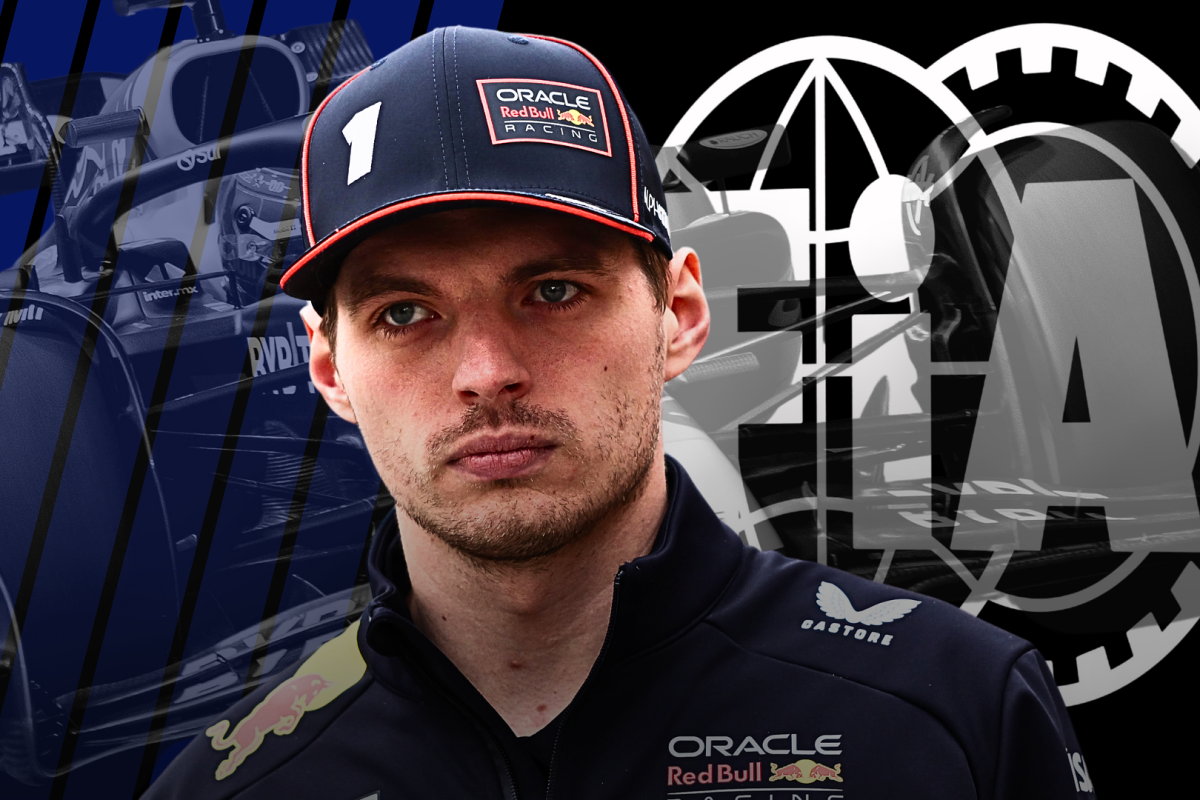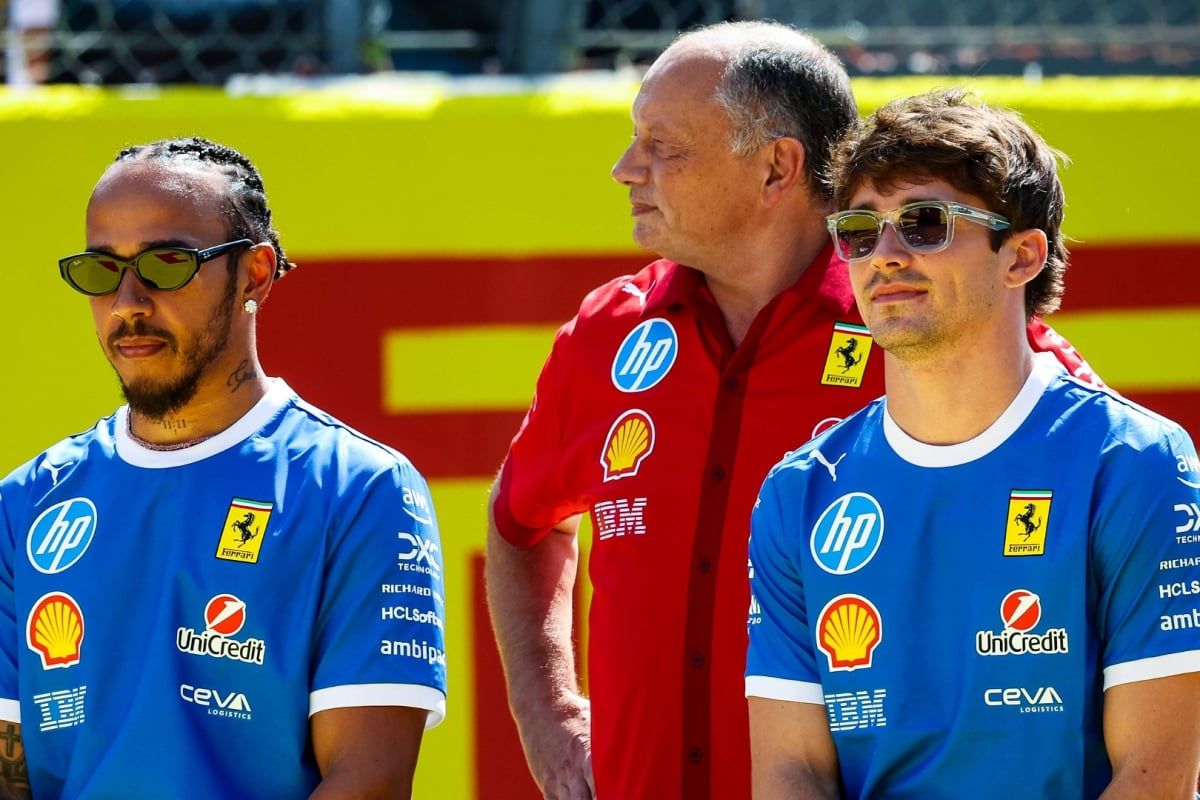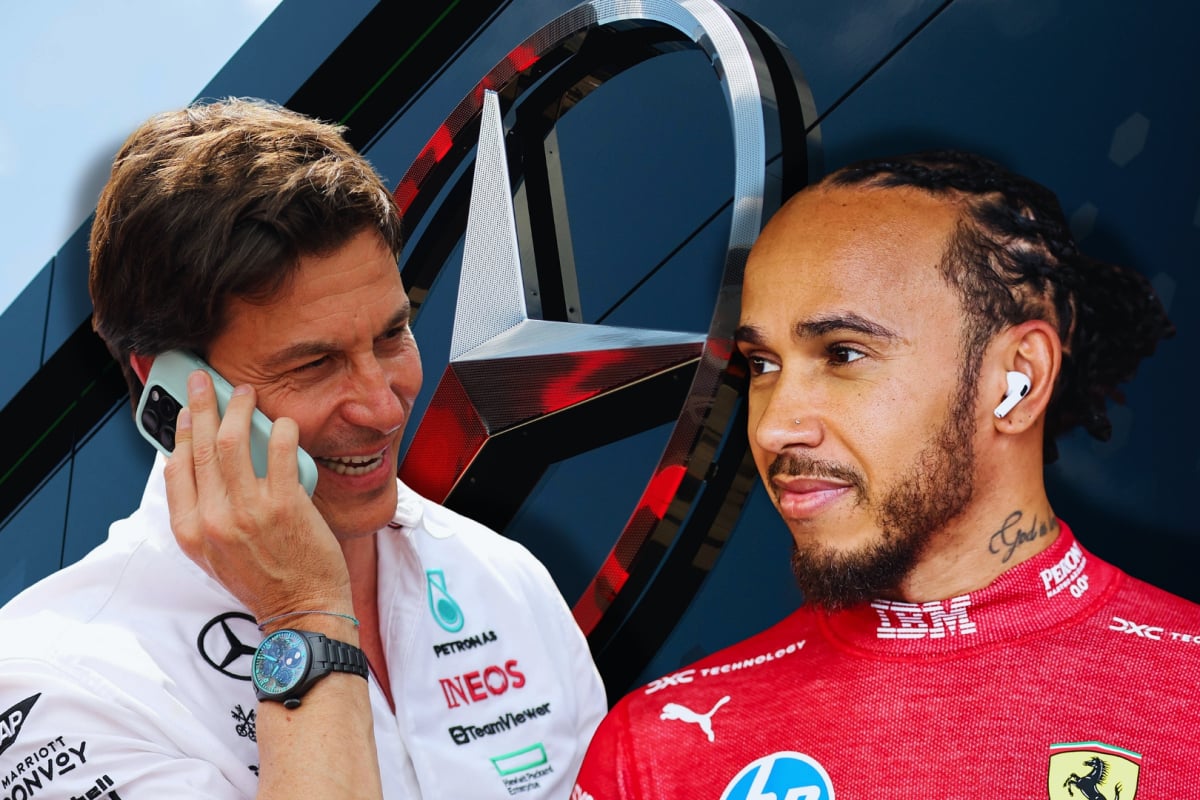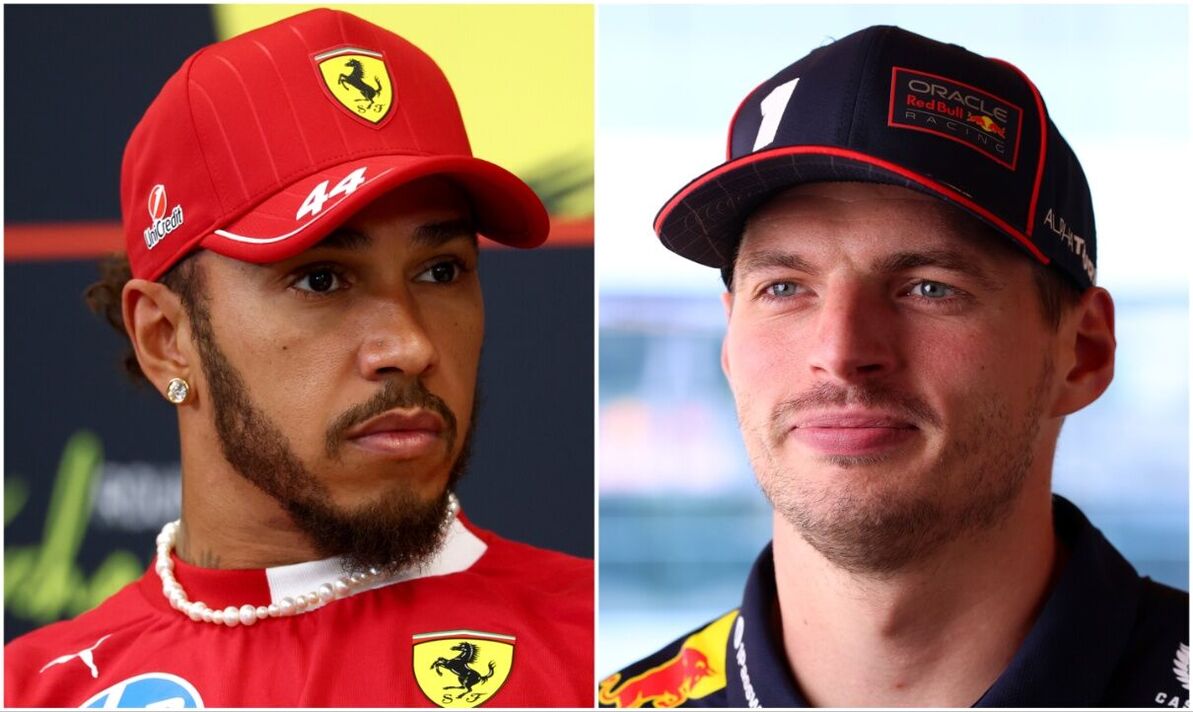Sky F1 star reveals plan to get Max Verstappen BANNED at C…read more
Sky Sports F1 pundit Martin Brundle has outlined a potential strategy for Max Verstappen’s rivals to secure a race ban at the upcoming Canadian Grand Prix. The strategy hinges on the delicate balance between Verstappen’s aggressive driving style and the accumulating penalty points threatening a suspension.
Verstappen currently stands one penalty point away from a mandatory race ban. Following a collision with George Russell at the Spanish Grand Prix, the stewards levied a 10-second time penalty and three penalty points against Verstappen. This places him at the precipice of a 12-point FIA Super Licence penalty threshold within a 12-month period, triggering an automatic race ban.
Brundle, a seasoned F1 commentator, has astutely highlighted the potential for calculated provocation by Verstappen’s rivals. He posits that a deliberate and calculated strategy of goading Verstappen could be employed by drivers from teams like Mercedes, Ferrari, or even McLaren to incite the champion into actions that would earn him an additional penalty point.
“If I was a Mercedes, Ferrari – particularly a McLaren driver – I’d be goading him to get those extra [penalty] points. Because I think subconsciously, he knows he’s got to be a touch more careful,” Brundle stated, emphasizing the potential psychological impact of such tactics.
This strategy, however, rests on a complex interplay of factors. The goading must be sufficiently aggressive to provoke Verstappen without escalating to outright dangerous maneuvers, maintaining the precarious balance between competitive racing and intentional malice.
The effectiveness of this approach hinges on Verstappen’s inherent competitive spirit and tendency towards aggressive racing tactics. Brundle acknowledges this aggression as a defining characteristic of Verstappen’s driving style, a factor that has propelled him to four world championships. “He’s an aggressive driver,” Brundle noted, “He was from the get-go in Formula 1, and that’s how he rock and rolls.”
He further emphasizes the importance of acknowledging the totality of a driver’s character and not isolating specific aspects. “You can’t cherry-pick the bits you like about a sports person,” he continued. Verstappen’s aggressive style, while undoubtedly a significant contributing factor to his success, also carries the inherent risk of accumulating penalties. This seemingly contradictory nature is crucial to understand the strategy’s viability.
Brundle points to a nuanced aspect of Verstappen’s driving style, observing that despite his aggression, he possesses exceptional car control and displays a calculated approach to racing. “He’s got such amazing car control that he can place his car. He knows the rules. He chances his luck and more and more he’s starting to lose out on that.”
These comments suggest that Verstappen, though skilled and aggressive, is likely aware of the precarious position his aggressive driving has placed him in. This awareness, combined with the pressure of maintaining his title aspirations, could potentially make him more susceptible to errors that could result in penalties.
However, the recent statements from Verstappen and Russell, expressing a lack of animosity between them, might suggest that the incident is behind them. This could subtly diminish the perceived rationale for such a calculated provocation strategy. The possibility of such calculated provocation thus appears less certain as the tension between the two drivers seems to have subsided.
Ultimately, the question of whether Verstappen will receive a race ban at the Canadian Grand Prix remains uncertain. While Brundle’s analysis highlights a plausible, if risky, strategy, the actual outcome hinges on Verstappen’s actions on the track, the reactions of his rivals, and the judgment of the stewards. The Canadian Grand Prix will be a crucial test, highlighting the fine line between aggressive racing and potentially reckless behavior.




